Flint rocks, often regarded as enigmatic stones, possess a multitude of intriguing features waiting to be explored.
From their unique geological origins to the distinctive physical characteristics that set them apart, flint rocks hold a mysterious allure that captivates both geologists and historians.
As you contemplate the enigmatic nature of flint rocks, you may find yourself drawn into a world where science and history converge, offering insights into the countless ways these stones have shaped human civilization.
Definition of Flint Rocks
Flint rocks, commonly known for their hardness and distinct conchoidal fracture, are a type of sedimentary rock widely recognized for their use in prehistoric tools and fire-making. The formation process of flint rocks involves the deposition of silica-rich sediments in marine environments. Over time, these sediments undergo diagenesis, where pressure and heat transform them into solid rock. During this process, the silica content becomes concentrated, leading to the development of the hard and brittle characteristics for which flint is known.
Flint rocks have a variety of common uses, with one of the most well-known being their historical application in tool-making by early humans. The hardness of flint made it ideal for creating sharp edges on tools like arrowheads, knives, and scrapers. Additionally, flint’s ability to produce sparks when struck against steel has long made it valuable for starting fires. This dual utility of flint for tool-making and fire-making has cemented its significance throughout human history.
Geological Formation of Flint
After understanding the significance of flint rocks in tool-making and fire-making throughout human history, it’s essential to explore the geological processes that lead to the formation of this distinctive sedimentary rock.
- Sedimentary Deposition: Flint primarily forms through the compaction and cementation of silica-rich sediments over millions of years.
- Geological History: The formation of flint is closely tied to ancient marine environments where silica-rich organic remains accumulated and eventually solidified into flint nodules.
- Mineral Composition: Flint is mainly composed of microcrystalline quartz, which gives it its characteristic hardness and conchoidal fracture pattern.
- Pressure and Heat: The transformation of silica-rich sediments into flint involves the application of pressure and heat over geologic timescales, leading to the hard and dense nature of the rock.
Understanding the geological history and mineral composition of flint sheds light on its unique properties and how it has been utilized by humans for various purposes throughout history.
Physical Characteristics of Flint
When examining flint, you’ll notice its distinct colors, ranging from black and grey to brown and white.
The texture of flint can vary from smooth to rough, providing clues to its formation.
Additionally, observing the fracture patterns of flint can reveal valuable information about its structure and history.
Color of Flint
The hue of flint can vary significantly, reflecting its unique mineral composition and formation process. Here are some key points about the color of flint:
- Color Variations: Flint can range from shades of black, grey, brown, white, and even green or blue, depending on the presence of minerals like iron oxides or organic matter.
- Chemical Properties: The color of flint is often influenced by the chemical impurities present in the rock, such as manganese, which can create a purple tint.
- Formation Process Impact: The conditions during the formation of flint, including the type and amount of minerals present, play a crucial role in determining its final color.
- Weathering Effects: Exposure to the environment over time can alter the color of flint, causing it to darken or develop patina.
Texture of Flint
Smooth to the touch, the texture of flint is characterized by its fine-grained, glassy surface. When conducting texture analysis, flint typically displays a homogeneous and uniform appearance, making it easy to distinguish from other rocks. Its smoothness results from the microscopic quartz crystals present in its composition, giving it a distinct feel and sheen. Geologically, the texture of flint is significant as it indicates the process of its formation, often through the replacement of organic matter by silica. This transformative process contributes to the unique physical properties of flint, making it a valuable material for tools and artifacts throughout history.
| Texture Analysis | Geological Significance | ||
|---|---|---|---|
| Homogeneous appearance | Indicates formation process | ||
| Fine-grained surface | Microscopic quartz crystals | ||
| Smooth to the touch | Replacement of organic matter by silica |
Fracture Patterns
Notable for its distinct patterns of breakage, flint exhibits a variety of fracture characteristics that contribute to its identification and use in toolmaking.
When examining fracture patterns in flint, consider the following:
- Conchoidal Fractures: Flint commonly displays conchoidal fractures, characterized by smooth, curved surfaces resembling the interior of a clamshell.
- Irregular Breakage: Due to its mineral composition, flint can also exhibit irregular breakage patterns, creating jagged edges that can be sharp and useful for cutting.
- Step Fractures: In some cases, flint may show step fractures, where the break appears as a series of small steps or terraces along the surface.
- Cleavage: Flint has no cleavage planes, meaning it doesn’t break along specific planes of weakness, contributing to its durability and suitability for toolmaking.
Identifying Flint Rocks
When identifying Flint rocks, pay attention to their color and texture, as these can vary greatly.
Look for distinctive fracture patterns that are unique to Flint, such as conchoidal fractures.
Color and Texture
To accurately identify flint rocks based on their color and texture, closely observe the distinctive patterns and hues they exhibit. Flint rocks can vary in color from dark grey and black to brown, green, or even white. These color variations often create unique patterns within the rock, such as banding or mottling.
When examining the texture of flint, notice its smooth, glass-like surface that’s often shiny when polished. Additionally, flint rocks may have a conchoidal fracture, meaning they break in a curved, shell-like pattern. Understanding these color and texture characteristics can help you confidently differentiate flint from other types of rocks in your collection.
Also Read: Dolomite Rocks: Identification, Characteristics, Pictures, and More
Fracture Patterns
When identifying flint rocks, pay attention to the distinctive fracture patterns they display, as these can provide valuable clues to differentiate flint from other types of rocks.
Flint typically exhibits conchoidal fracture patterns, which are characterized by smoothly curving concentric ridges that radiate outward from the point of impact. These fracture patterns result from the unique way in which flint breaks, creating sharp edges that were historically utilized for tool-making and creating sparks for fire.
Understanding these fracture patterns can help you distinguish flint from similar-looking rocks and appreciate its geological formations.
Chemical Composition of Flint
The chemical composition of flint includes high concentrations of silica, making it a durable and hard sedimentary rock. This composition gives flint its characteristic toughness and ability to produce sparks when struck against steel.
Here are some key points about the chemical makeup of flint:
- Silica Content: Flint is primarily composed of nearly pure silica in the form of chert, which is a microcrystalline variety of quartz.
- Presence of Microfossils: In some instances, flint may contain microfossils or other organic remnants, adding to its historical and geological significance.
- Impurities: Despite its high silica content, flint can also contain small amounts of impurities such as iron oxides, carbonates, or organic matter, which can affect its color and properties.
- Chemical Stability: Due to its silica-rich composition, flint is highly resistant to weathering and chemical breakdown, allowing it to preserve fossils and archaeological artifacts effectively.
History of Flint Usage
Flint has played a significant role throughout human history as a versatile material for various purposes. The history of flint usage dates back to prehistoric times when early humans utilized flint to create essential tools for hunting, cutting, and crafting. Flint tools, such as arrowheads, spear points, and cutting blades, were crucial for survival and shaping the course of human evolution.
One of the key techniques associated with flint in history is flint knapping. This ancient craft involved the shaping of flint through carefully controlled strikes to produce sharp edges for tools. Flint knapping was a skill mastered by our ancestors to create specialized tools for specific tasks, showcasing the ingenuity and adaptability of early humans.
As civilizations progressed, flint continued to be used for various purposes, including starting fires, constructing buildings, and even as a form of currency in some societies. The durability and sharpness of flint made it a valuable resource throughout history, leaving a lasting impact on human development. The legacy of flint tools and flint knapping techniques persists today in archaeological discoveries and the understanding of our ancient past.
Industrial Applications of Flint
Having evolved from its traditional use in toolmaking and construction, flint has found new applications in modern industries, showcasing its enduring utility and adaptability in a changing world. Industries today benefit greatly from incorporating flint into various processes due to its unique properties. Here are some key industrial applications of flint:
- Flint Tools Manufacturing: Flint’s hardness and ability to hold a sharp edge make it a valuable material for manufacturing cutting tools. Industries like metalworking and woodworking utilize flint tools for precision cutting and shaping tasks.
- Construction Materials: Flint’s durability and resistance to weathering make it a desirable component in construction materials. It’s often used in concrete mixes to enhance strength and durability, especially in structures exposed to harsh environmental conditions.
- Ceramic Industry: Flint’s high silica content and heat resistance make it a popular additive in ceramic production. It helps improve the strength and firing characteristics of ceramics, making them more suitable for various applications.
- Water Filtration: Flint’s porous nature allows it to be used in water filtration systems. It effectively removes impurities and contaminants from water, ensuring cleaner and safer drinking water for industrial and residential purposes.
Cultural Significance of Flint
With roots deep in human history, flint holds a profound cultural significance across various civilizations. Flint artifacts are invaluable in understanding the past, as they provide insights into ancient societies’ way of life, tools, and artistry. Archaeologically, flint artifacts have been crucial in determining human migration patterns, trade routes, and technological advancements. The skill of flint knapping, the art of shaping flint into tools and weapons, is a traditional craft that has been passed down through generations, showcasing the ingenuity and resourcefulness of our ancestors.
To further illustrate the cultural significance of flint, let’s delve into its importance through a table:
| Cultural Significance of Flint | Examples |
|---|---|
| Flint Artifacts | Arrowheads, scrapers, spear points |
| Archaeological Significance | Tracing human history, understanding ancient technologies |
| Flint Knapping | Traditional skills, craftsmanship, preserving heritage |
Interesting Facts About Flint
Exploring beyond the depths of cultural significance, uncover intriguing facets about flint that shed light on its unique properties and historical relevance. Flint, beyond its archaeological and cultural importance, boasts some fascinating facts that make it a captivating mineral to study.
- Self-sharpening Ability: Flint possesses the remarkable property of self-sharpening when fractured, making it a preferred material for crafting tools throughout history.
- Pyromaniac Mineral: When struck against steel, flint produces sparks due to its high silica content, which was historically used to ignite fires.
- Varied Color Palette: While commonly recognized as gray or black, flint can also exhibit hues of white, brown, or even green, adding to its aesthetic appeal.
- Symbolic Significance: In various cultures, flint holds symbolic importance, representing endurance, protection, and resilience, making it a cherished material in ceremonial practices.
Frequently Asked Questions
How Does the Use of Flint Rocks in Ancient Tools Compare to Modern Tools?
In ancient tools, flint rocks were crucial for crafting. Today, modern tools rely on advanced technology. Flint mining has a rich history, showcasing the evolution of tools and technology over time. Explore the impact of flint tools in history and modern times.
Are There Any Health Concerns Associated With Handling or Using Flint Rocks?
When handling flint rocks, be aware of potential health risks. Take safety precautions like wearing gloves to minimize skin irritation. Proper disposal methods are crucial to reduce environmental impact. Stay informed to protect yourself and the environment.
Can Flint Rocks Be Found in Different Colors, or Are They Typically One Color?
Flint rocks can be found in various colors, not just one shade. Their hues range from black and grey to brown and even green. These variations make them versatile for different uses and comparisons in geology studies.
Are There Any Specific Regions or Countries Known for Having a Large Supply of Flint Rocks?
In some areas, specific regions are known for having a large supply of flint rocks in various colors. These regions are rich in geological formations that make them ideal for finding these unique stones.
Is There Ongoing Research or Studies Being Conducted on the Potential Future Uses of Flint Rocks in Various Industries?
In various industries, ongoing research explores the industrial applications of flint rocks. Consider the economic potential and future studies on their uses. Stay informed about the evolving potential of flint rocks in different sectors.
Conclusion
Overall, flint rocks are a type of sedimentary rock known for their hardness and ability to produce sparks when struck against steel. They’ve been used for centuries by early humans for tools and weapons.
Today, flint is still used in various industrial applications, such as making spark plugs and ceramics. Its cultural significance and unique properties make it a fascinating material with a rich history of use.
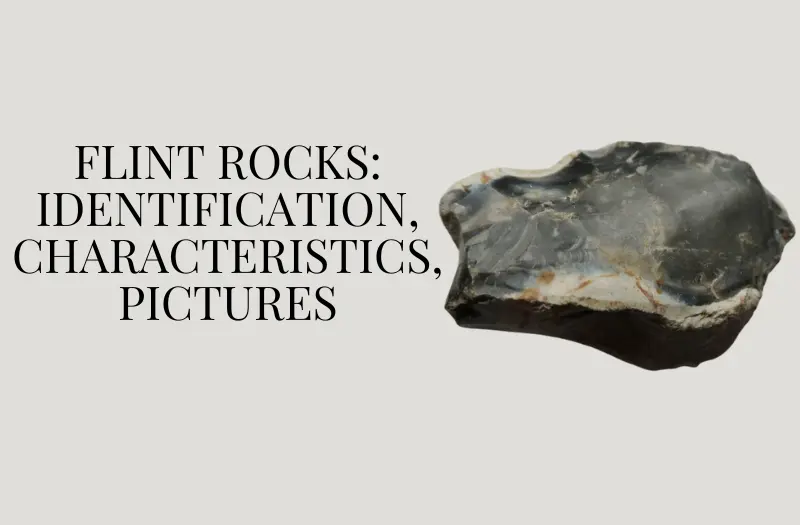
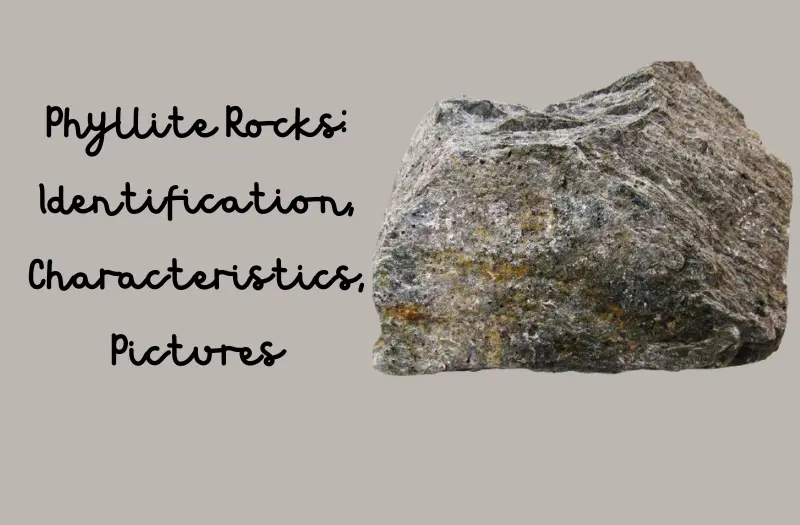
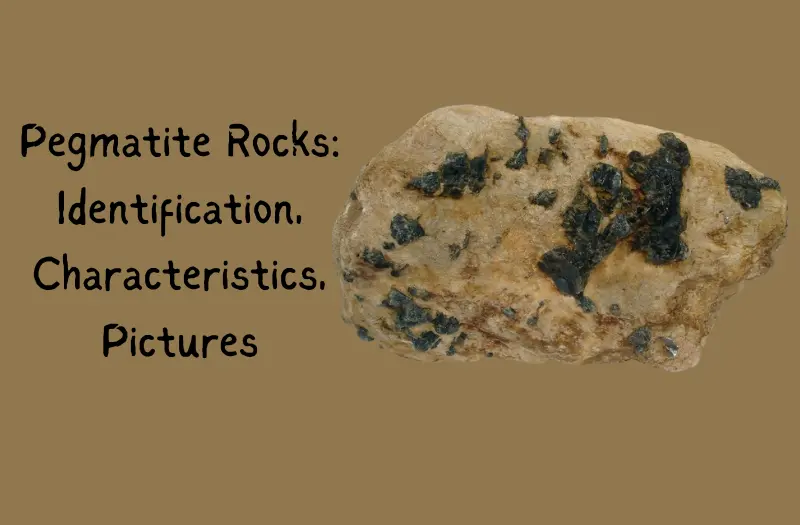
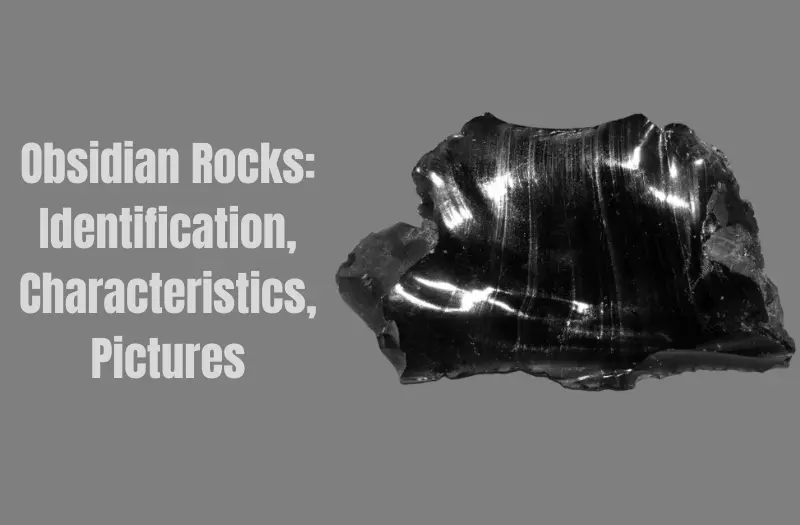
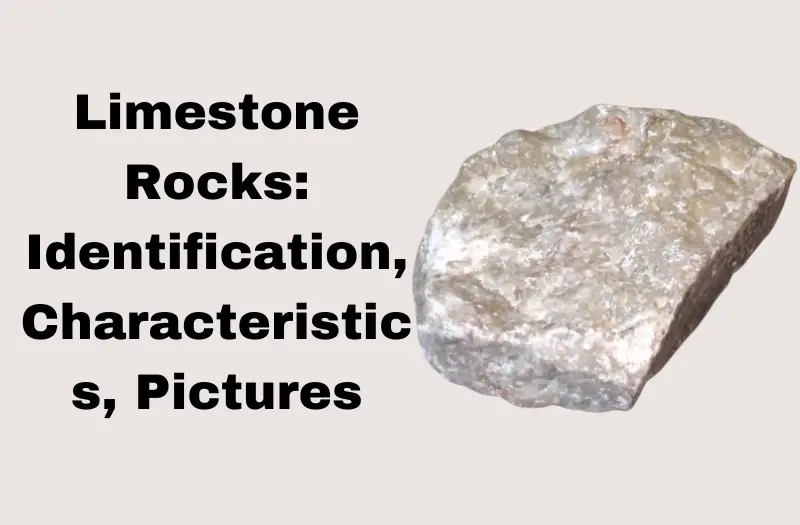
Leave a Reply